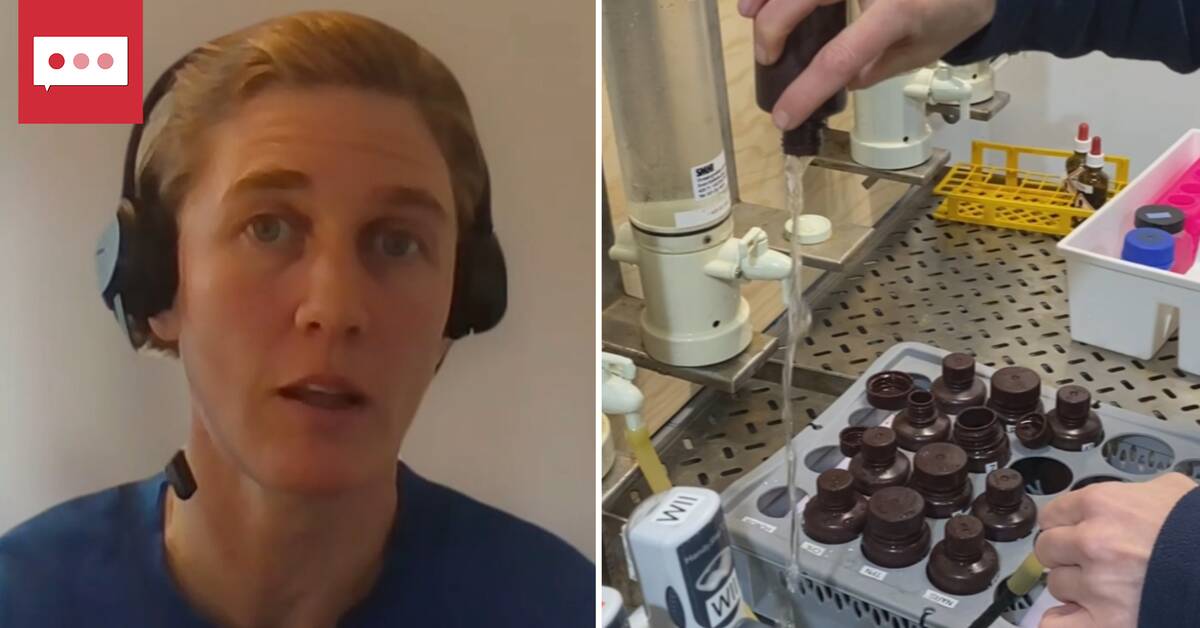In the clip above, see oceanographer Lena Viktorsson answer three questions about how things are with the Baltic Sea environment.
Lena Viktorsson works on the research vessel Svea, which monitors the environment in the Baltic Sea. She tells us about the water samples taken.
"They form the basis for assessments of the status of the oceans," says Lena Viktorsson.
For more than 40 years, the development has been investigated and followed. On the dark oxygen-free seabed, animals or plants cannot live.
"The Baltic Sea is naturally fragile and exposed to this type of impact. It reacts quickly to eutrophication with a lack of oxygen," says Lena Viktorsson.
Fifth of bottom dead
Since the turn of the millennium, we have seen what we see today in the Baltic Sea. Large areas of dead seabeds, where oxygen levels are unfavorably low. According to SMHI's reports from 2022, one fifth of the seabed in the Baltic Sea is dead.
"The trend hasn't reversed, it's much like before," says Lena Viktorsson.
Delaying before seeing improvement
The supply of nutrients started in earnest after the Second World War when artificial fertilizers began to be used and the population of the Baltic Sea countries began to grow. In the 80s, eutrophication received increasing attention and since then much has been done to improve the situation in the inland sea.
"We have reduced the supply of nutrients. But this does not mean that you directly get an effect. You can expect it to take at least as long for the situation to get better as it took for us to deteriorate it," says Lena Viktorsson.

